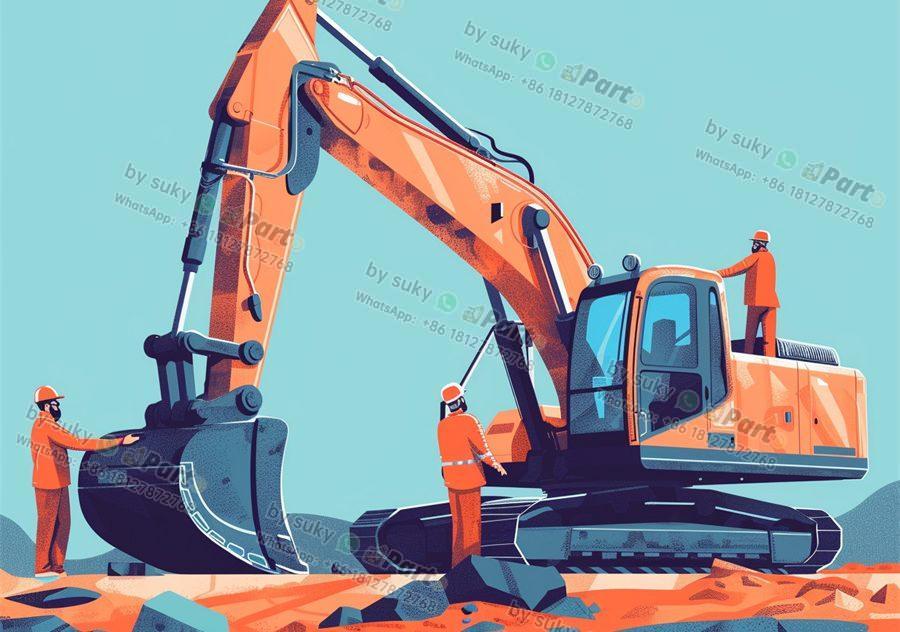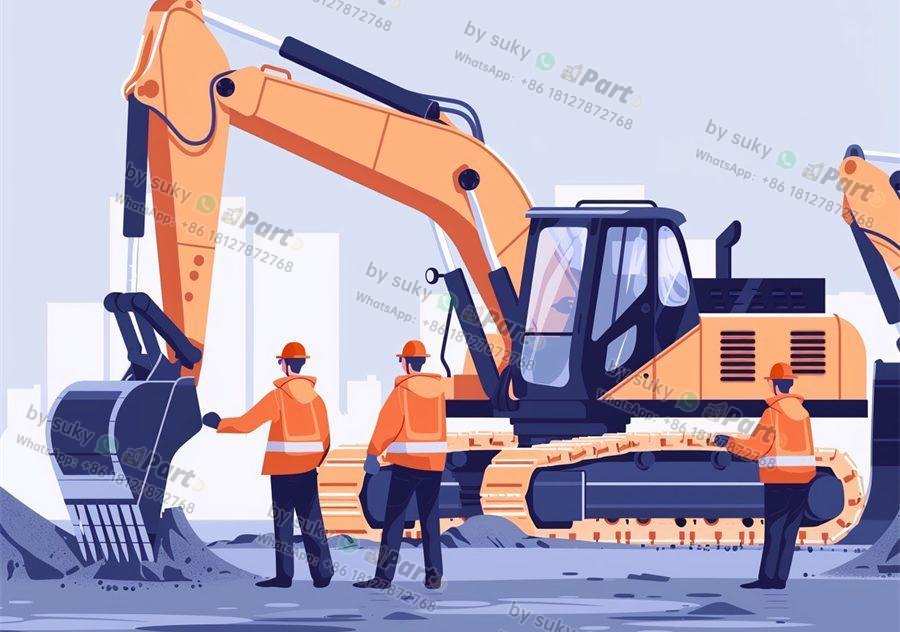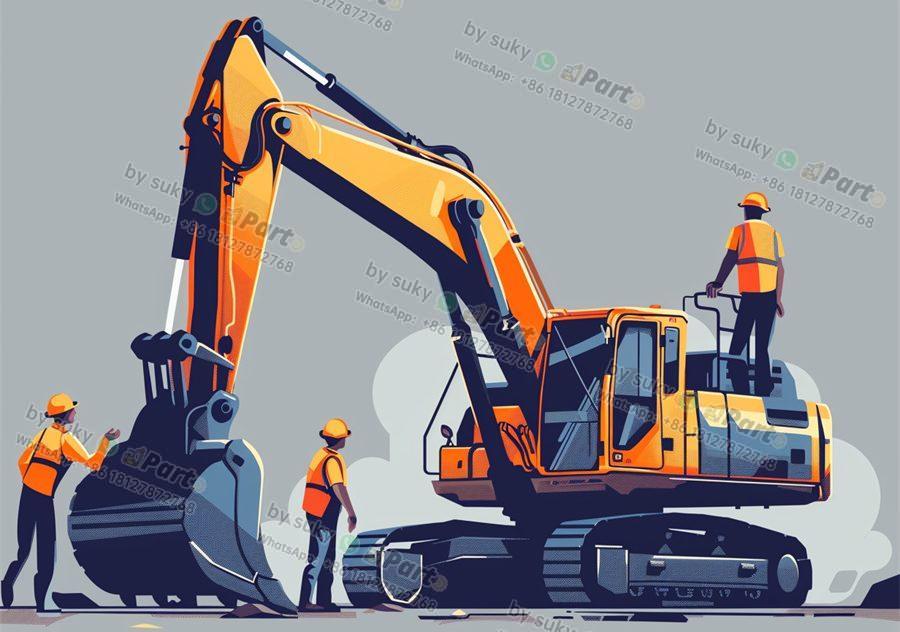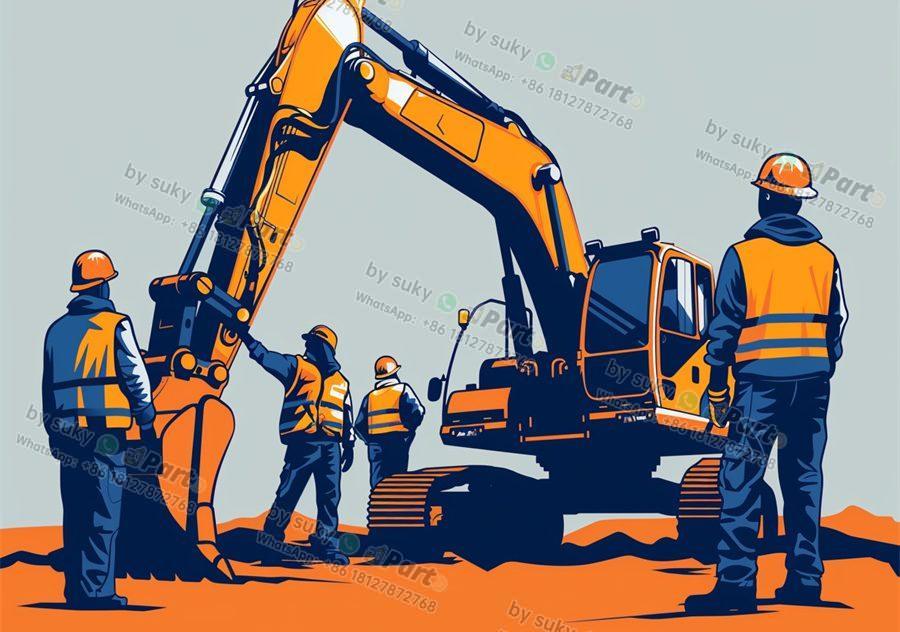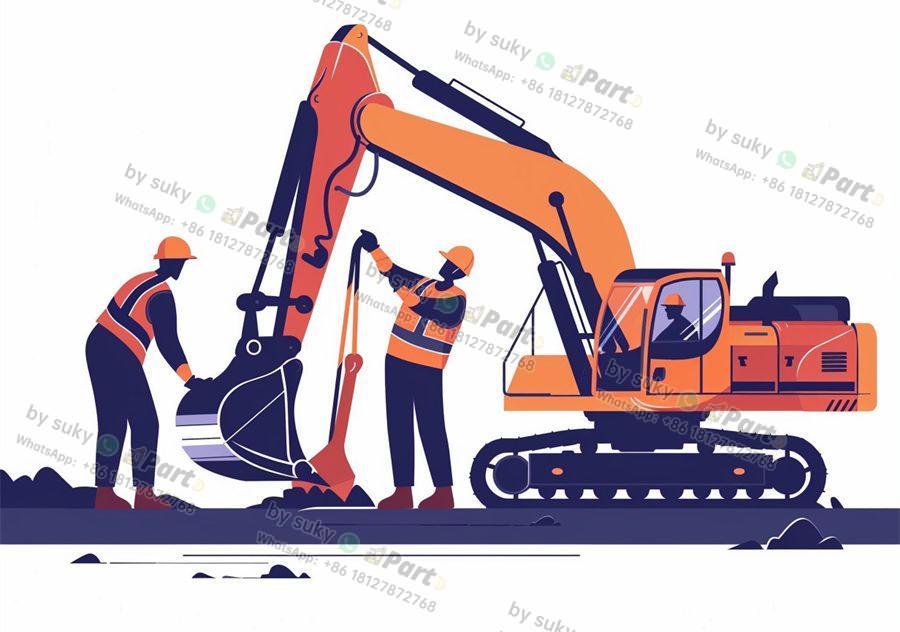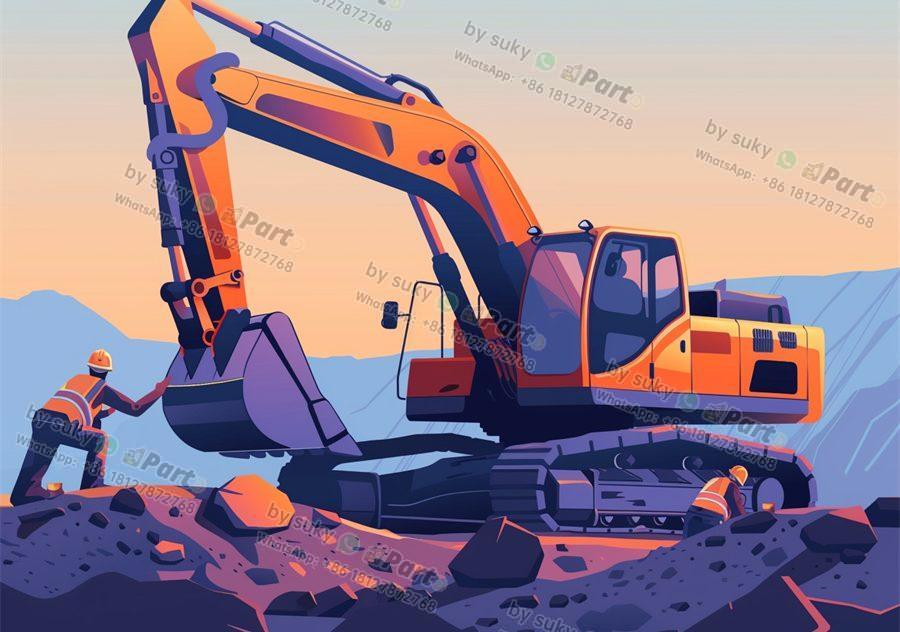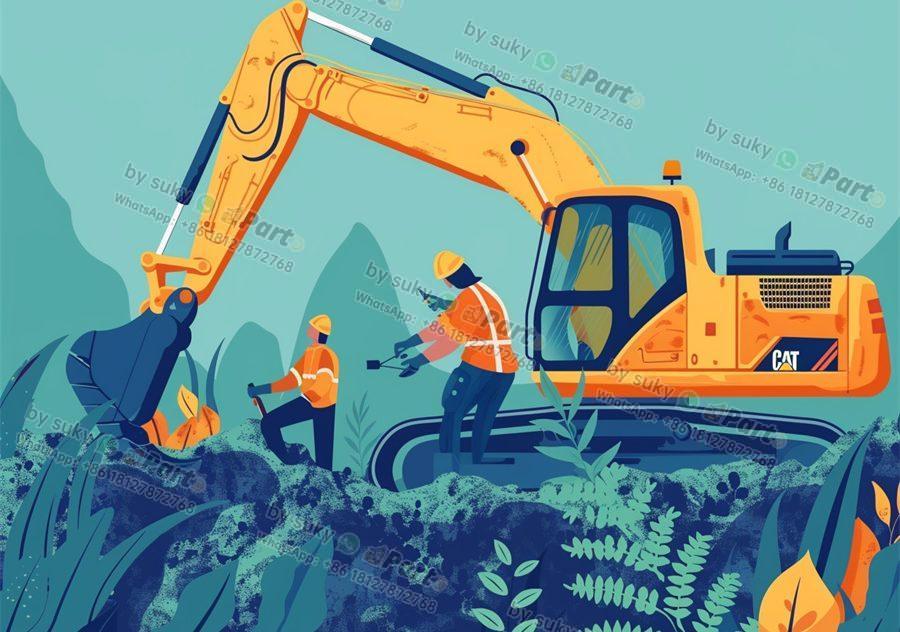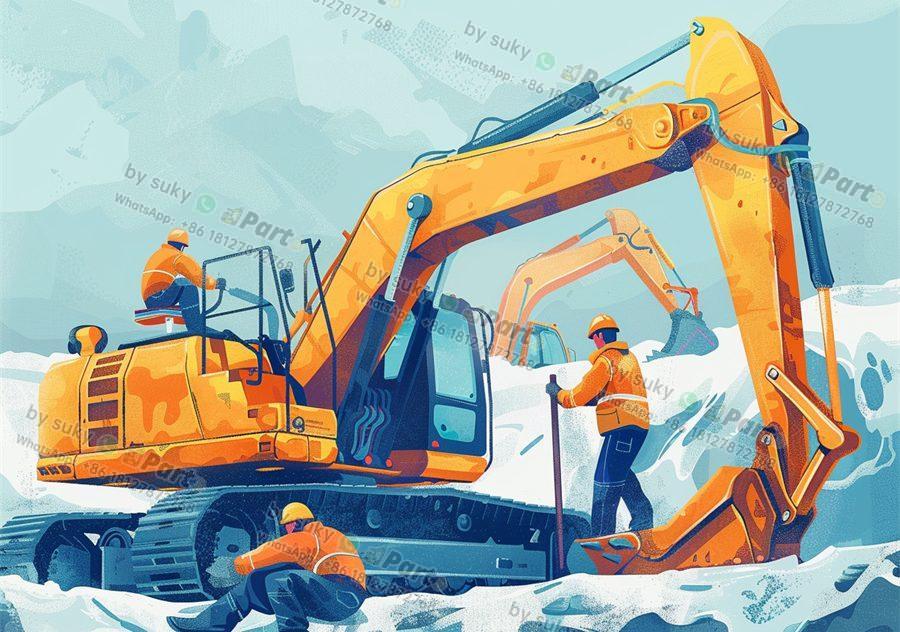Is My Oil Pressure Gauge Supposed to Move
As an importer or distributor of engineering vehicle parts, one common question that may come up is whether the oil pressure gauge is supposed to move. This is an important question to address in order to ensure the proper functioning of the vehicle and prevent any potential issues.
Understanding Oil Pressure Gauges
Oil pressure gauges are an essential component of any vehicle’s dashboard, as they provide critical information about the engine’s lubrication system. The gauge indicates the pressure of the oil circulating through the engine, which is vital for keeping the engine running smoothly and preventing damage from friction.
Normal Operation of Oil Pressure Gauges
In general, oil pressure gauges are designed to move in response to changes in oil pressure. When the engine is started, the oil pressure gauge should move to indicate that oil is circulating through the engine. As the engine revs up, the oil pressure gauge may also move to reflect the increased pressure from the higher engine speed.
Potential Issues with Oil Pressure Gauges
If the oil pressure gauge does not move at all, or if it fluctuates erratically, this could indicate a problem with the gauge itself or with the engine’s lubrication system. It is important to address any abnormalities with the oil pressure gauge promptly to prevent potential damage to the engine.
In conclusion, as an importer or distributor of engineering vehicle parts, it is crucial to understand the function of oil pressure gauges and ensure that they are operating correctly. By monitoring the movement of the oil pressure gauge and addressing any issues that arise, you can help maintain the proper functioning of the vehicle’s engine and prevent costly repairs in the future.

